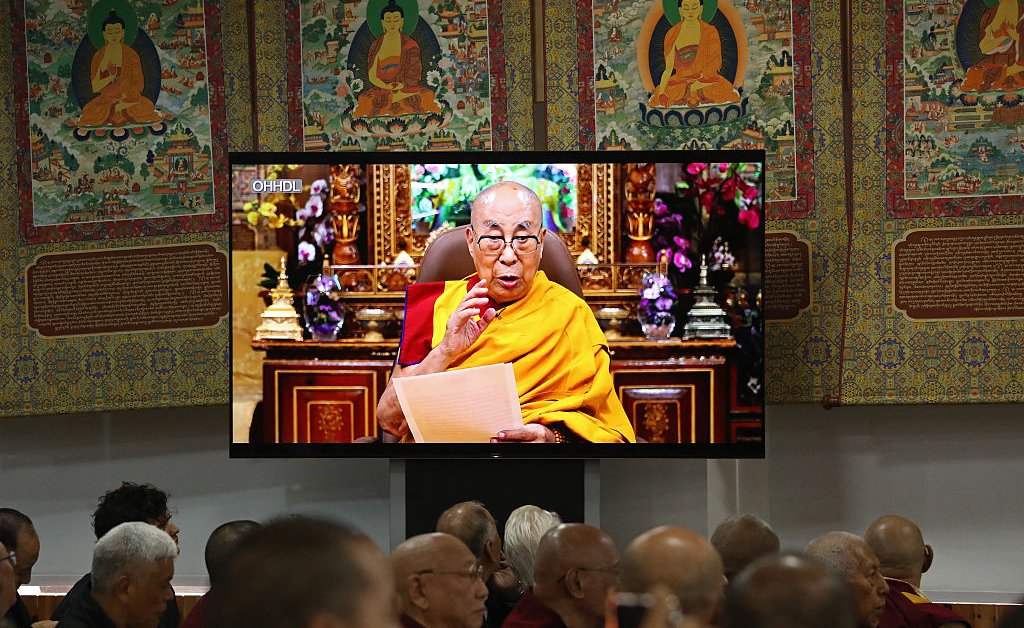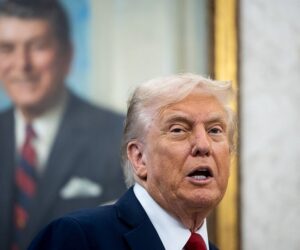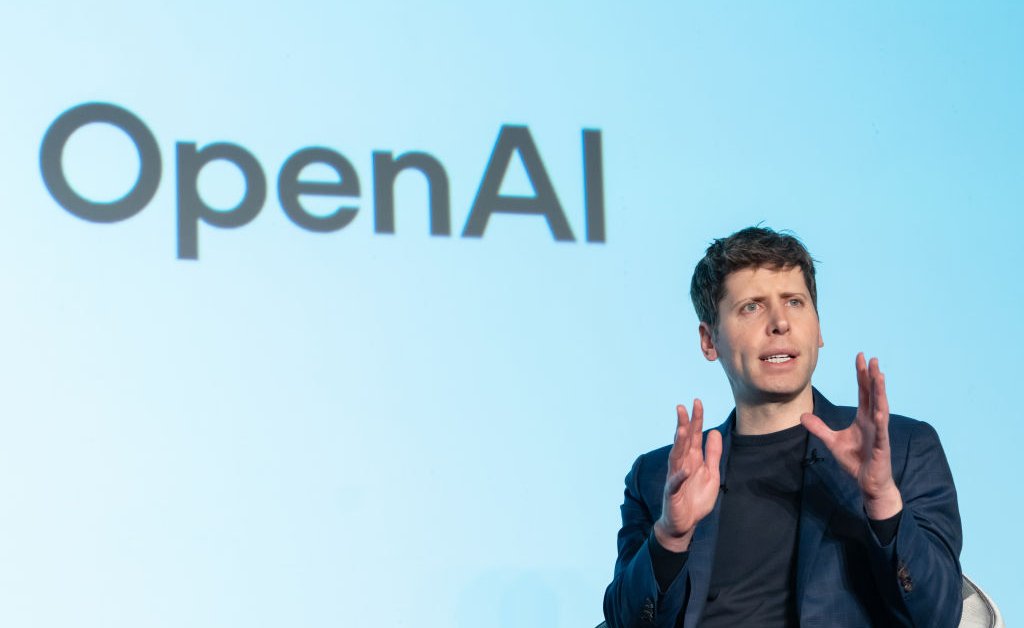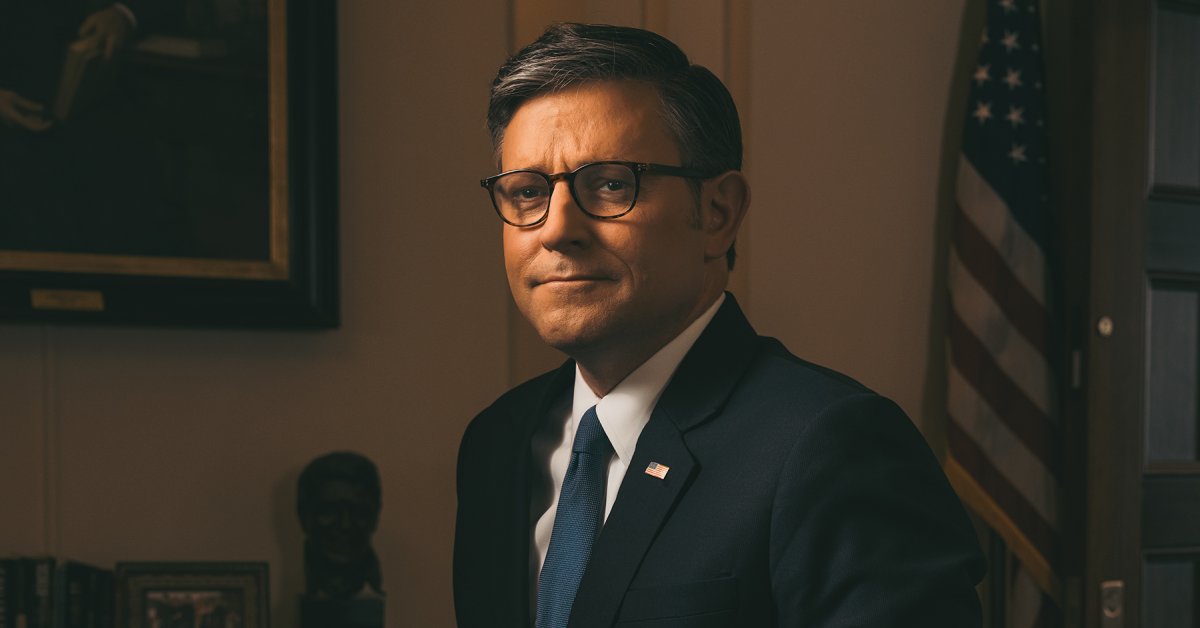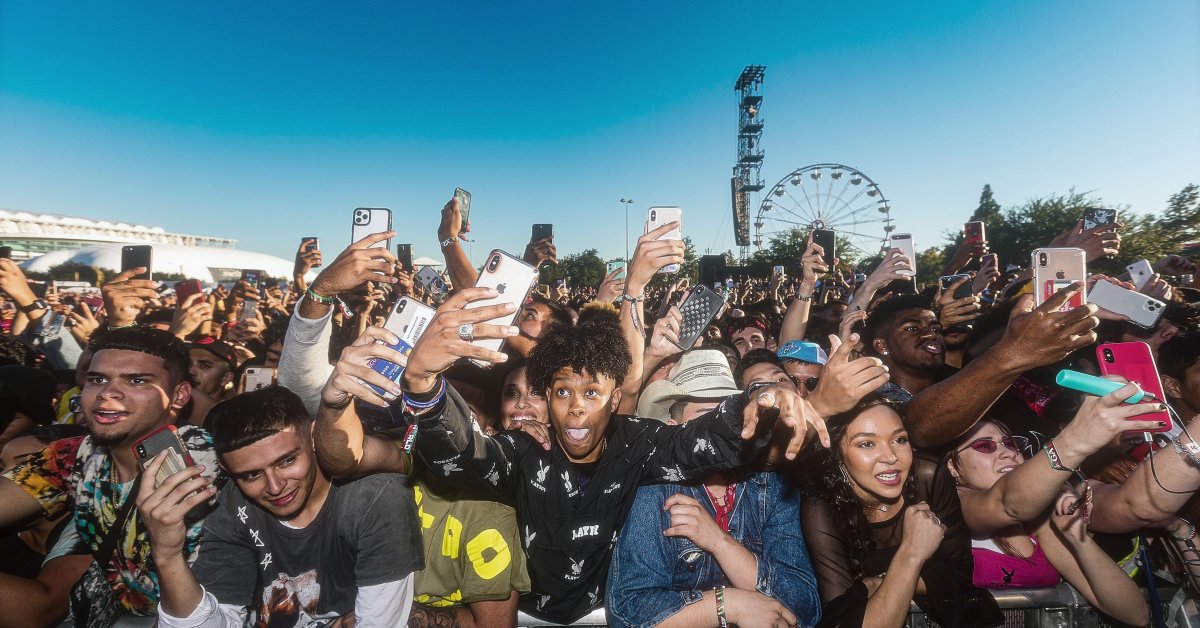Tenzin Gyatso has said on multiple occasions that he may be the “last” Dalai Lama.
But as thousands of Tibetan Buddhists gather in the northern Indian town of Dharamsala to celebrate his 90th birthday on July 6, spilling out of temples into nearby parking lots and courtyards in the Himalayan foothills, the spiritual leader of a religion whose future has been mired in uncertainty offered a more affirming message.
“The institution of the Dalai Lama will continue,” the 14th Dalai Lama said in a statement on Wednesday at the start of the three-day 15th Tibetan Religious Conference.
The Dalai Lama had previously said that his 90th birthday would be a point at which he would evaluate “whether or not” the 600-year-old institution would persist, amid ongoing repression by China.
His resolute answer, however, signals more challenges ahead.
The Dalai Lama outlined a succession process that puts him and the religion even more at odds with Beijing, which has long accused him of being a separatist and insisted on exercising influence over Tibetan Buddhist leadership.
Here’s what to know.
China’s relationship with the Dalai Lama
The question of whether or not there would be a future Dalai Lama at all, and how they will be chosen, carries high geopolitical stakes.
Historically, the Dalai Lama has played a dual spiritual and political leadership role. But the current Dalai Lama fled to India after China seized control of Tibet in the 1950s. He set up a Tibetan government-in-exile in Dharamsala, though transferred his formal political authority to an elected leader in 2011. Beijing continues to view the Dalai Lama as a threat because of the symbolic influence he has for Tibetan Buddhists, both inside China and scattered around the globe, and his advocacy for autonomy and religious freedom for this homeland.
Exiled Tibetan leaders and human rights advocates have accused the Chinese government of cultural genocide through the separation of families in the region, censorship of the Tibetan language and culture, mass surveillance, harsh penalties for dissent, and the destruction of homes.
Imperial China has in the past insisted, by way of a 1793 ordinance, that the reincarnation process and identification of a successor must have its approval. (China has similarly tried to exercise control over other religious institutions.) Today, even the officially atheist Chinese Communist Party (CCP) is insisting that it has final say on who will next lead the six-century-old institution.
The Dalai Lama and Tibet’s government-in-exile have rejected China’s assertion and said that any candidate imposed by Beijing would not be recognized. The Dalai Lama formalized this in a 2011 edict that empowers only his office with the ability to recognize the future Dalai Lama—which he reaffirmed in his latest announcement.
How the Dalai Lama says his successor will be chosen
Under the 2011 edict, only the Gaden Phrodrang Trust, the office of the Dalai Lama, can identify the next reincarnation. The selection process is not clearly defined, but involves interpreting spiritual signs, turning to the Dharma protectors—Buddhist deities—and consulting the heads of Tibetan Buddhist traditions.
Traditionally, after the death of the incumbent, there will be a search for a child reincarnation in Tibet—historically a boy, although the Dalai Lama has said before that he could return as a girl. After a child is chosen and confirmed, he then spends many years studying to assume his role. The current Dalai Lama was recognized when he was two years old.
But the Tibetan spiritual leader has said in the past that his successor would be born outside China, and with Chinese control of the Himalayan region, the search may have to take place elsewhere.
China has asserted its influence over Tibetan Buddhist leadership selection before. The Dalai Lama identified a young boy for the role of the Panchen Lama, the second highest figure in Tibetan Buddhism, after the 10th Panchen Lama’s death in 1989. But the six-year-old was detained by Chinese officials in 1995 and allegedly has not been seen since. Beijing picked its own alternative Panchen Lama, who pledged loyalty to the CCP.
On Wednesday, the Dalai Lama again emphasized that his office has the “sole authority” to name his successor and that followers should reject a potential Beijing-appointed Dalai Lama, drawing ire from China. “No one else has any such authority to interfere in this matter,” the Dalai Lama said in his statement.
How China has responded
Because of the symbolic importance the Dalai Lama holds to Tibetan people, even after his exile, as well as the region’s cultural distinctions from the rest of China, choosing the next Dalai Lama is all the more politically important to Beijing.
Already, China has rejected the Dalai Lama’s statement, saying “the reincarnation of the Dalai Lama must adhere to the principles of domestic search in China” and “approval by the central government.” Specifically, China’s foreign ministry said the successor can only be chosen by a lot-drawing system introduced in 1792.
Should China insist on conducting its own selection, we may end up with two Dalai Lamas, observers believe. That could become a further point of friction between China on one side and Tibet and its supporters, including the U.S. and India, on the other.
Penpa Tsering, the former speaker of Tibet’s government-in-exile parliament, said Wednesday, “we not only strongly condemn the People’s Republic of China’s usage of reincarnation subject for their political gain, we will never accept it.”
Youdon Aukatsang, a member of Tibet’s parliament-in-exile, similarly told the BBC that a Beijing-chosen Dalai Lama “will not be recognised, not only by the Tibetans but the world will not recognise it because China doesn’t have the legitimacy to find the future Dalai Lama.”
“Despite all these years of trying to control the hearts and minds of Tibetan people inside Tibet,” she added, China has “completely failed.”
—Charlie Campbell contributed.

